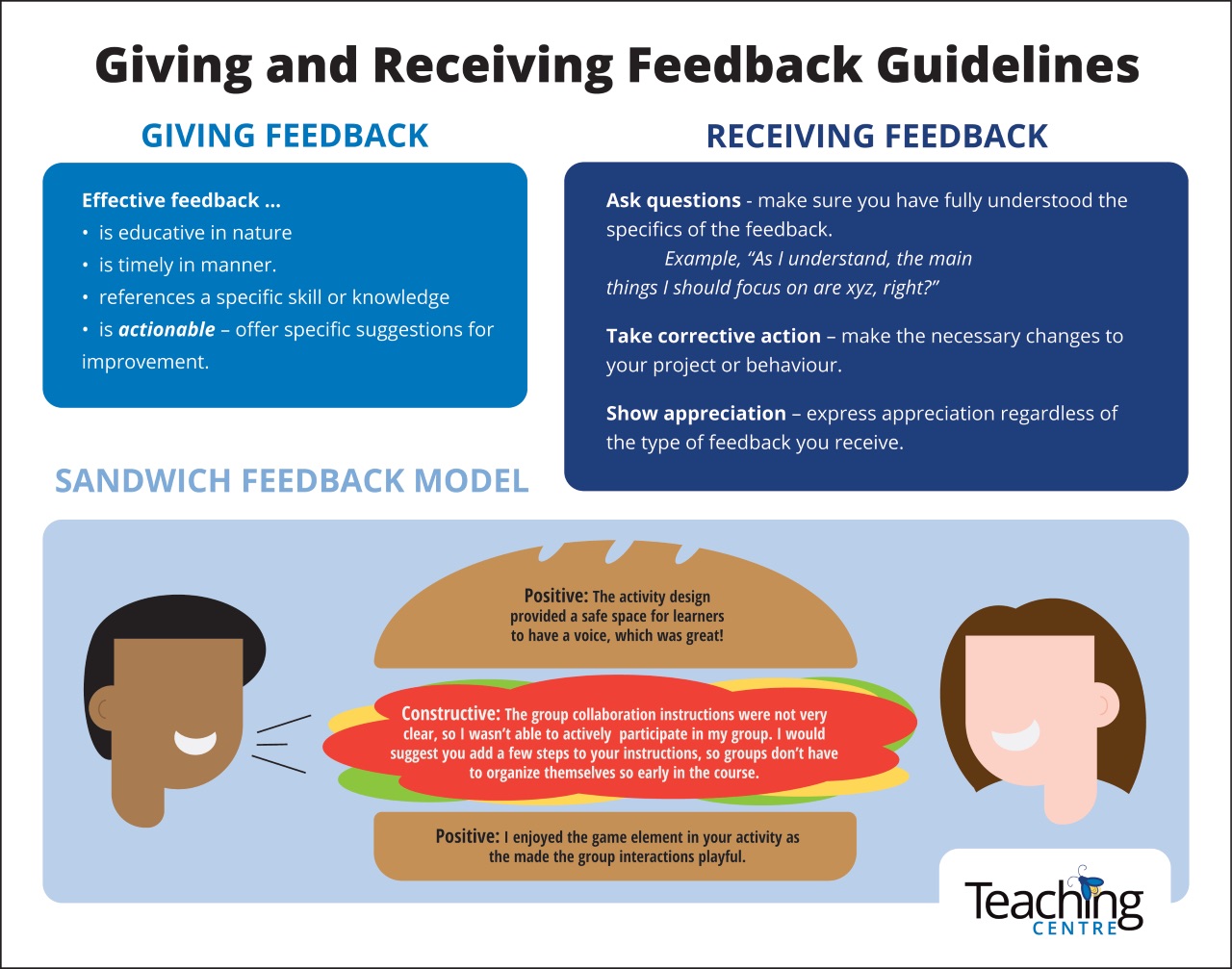3.4 Design Online Activity ~2 hrs
PURPOSE OF THE TASK: This activity is designed to take you through a process of reflection, design, and assessment with the intention of helping you critically examine aspects of building an online community, so you can facilitate, build, and support an online community of your own.
TECHNOLOGY: You will use Moodle forum to post your activity, so your peers can see your contributions and then access Moodle Workshop to share your peer feedback, which only your assigned partner and I (instructor) will see.
INSTRUCTIONS:
Step 1: Reflect on the introductory activities you participated in at the beginning of this course. Think about whether or not the activity allowed all participants to have a voice, encouraged learner interaction, and supported community building.
Step 2: Now, think about a course you will be teaching soon. Using the rubric provided as a guide, design one introductory activity that will allow learners to get to know one another while connecting with the course content. Be creative! ~ 1.5 hrs
Activity Criteria
Your instructions must be presented in a way that your students/peers could easily follow the instructions and participate in the activity. The online introductory activity must include the following:
- Learning objective(s) – SAMPLE Learning Objective for Task: Given a case study on technology integration in higher education, learners should be able to work collaboratively in teams to identify three challenges instructors faced in the case study within a 6-hour time frame.
- Activity Instructions – step by step instructions
- Interactive element(s) – allow students to interact with each other
- Tech tool(s) – optional
Questions to consider:
- How will you define the learning objective(s)?
- How will you model the activity you design?
- Will the activity allow all learners to participate and have a voice?
- Will the activity apply to a cross-cultural context?
- Will you use a tech tool? If so, how will it help to facilitate the task? How will you teach learners how to use the tech tool?
Access the rubric by clicking FLOf Peer Review Rubric
Step 3: Post your activity to the Moodle forum by called Building Online Community Activity by clicking here. Include explicit instructions and necessary materials and/or tools. Then browse through your peers’ work so you get an idea of the variety of ways you can engage students.
Step 4: You will be assigned one peer’s ‘building community’ activity to assess using the rubric (above) provided. Read through your peer’s activity. Assess the activity using the rubric provided. If you click a No box then constructive feedback along with suggestions on how to fix the problem must be presented. Please do not just click Yes to avoid giving detailed feedback. Use the Giving and Receiving Feedback Guidelines infographic below to help you with your feedback. ~ 30 mins

Submission instructions – Using the Moodle activity resource called Workshop, complete the rubric online and submit. Access Moodle Workshop by clicking here. (10 mins)
Note: Once the peer assessments have all been submitted, Kristi will email your peer’s assessment of your activity to you. This will happen on October 19, 2019.
Step 5: Based on the feedback you received, make the necessary changes to your activity. In writing, articulate the steps you will take to adjust your activity and post them to the same discussion board used in Step 3. This step is only required if you received constructive feedback. ~ 30 mins
TEACHING INTENTIONS:
Students have an opportunity to see an array of different community building activities and explore the Moodle Workshop feature.
References
AGU Career Center. (2018, January 26). Your weekly top 5: How to receive feedback effectively. Retrieved from https://blogs.agu.org/onthejob/2018/01/26/weekly-top-5-receive-feedback-effectively/
Belludi, N. (2008, February 20). Right attitudes ideas for impact. Retrieved from https://www.rightattitudes.com/2008/02/20/sandwich-feedback-technique/
Darling-Hammond, L., Hyler, M. E., & Gardner, M. (2017). Effective Teacher Professional Development. Palo Alto, CA: Learning Policy Institute.
Herrington, A., Herrington, J., Oliver, R., Stoney, S., & Willis, J. (2001). The development of an instrument to audit online units. In G. Kennedy, M. Keppell, C. McNaught & T. Petrovic (Eds.), Meeting at the Crossroads. Short Paper Proceedings of the 18th Annual Conference of the Australian Society for Computers in Learning in Tertiary Education. (pp. 263-270). Melbourne: Biomedical Multimedia Unit, The University of Melbourne. Retrieved from http://www.ascilite.org/conferences/melbourne01/pdf/papers/herringtona.pdf
Oxford Learning Institute University of Oxford. (n.d.). Guidelines for giving and receiving feedback. Retrieved from https://www.learning.ox.ac.uk/media/global/wwwadminoxacuk/localsites/oxfordlearninginstitute/documents/overview/rsv/Guidelines_for_giving_and_receiving_feedback.pdf
TeachThought Staff. (2019, May 30). 20 ways to provide effective feedback for learning. Retrieved from https://www.teachthought.com/pedagogy/20-ways-to-provide-effective-feedback-for-learning/

